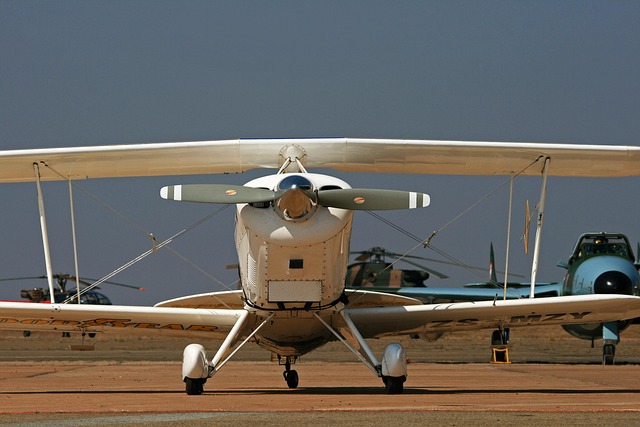MLB teams carefully select spring training locations based on crucial real estate considerations, including accessibility, cost, and proximity to baseball infrastructure. Ideal sites offer convenient transportation, manageable operational expenses, quality housing for personnel, ample space for practices, and potential future development. Teams balance their requirements with market dynamics, favoring warm climates and stable local markets with growth prospects. The future of MLB spring training real estate is set to transform through technological advancements and sustainability initiatives, integrating smart technology and eco-friendly practices.
Spring training, an essential pre-season ritual for Major League Baseball (MLB) teams, plays a pivotal role in player preparation and team strategy. The choice of a spring training home is a complex process influenced by real estate factors such as climate, facilities, and local infrastructure. This article explores the key considerations that drive MLB team decisions, future trends in spring training real estate, and how dynamic property markets shape this vital aspect of professional baseball.
The Role of Real Estate in Spring Training Locations

The selection of a spring training location for Major League Baseball (MLB) teams is significantly influenced by real estate factors. These include accessibility, cost, and proximity to established baseball infrastructure. Ideal sites offer easy transportation for players and staff while keeping operational expenses manageable. The availability and quality of nearby housing options for team personnel are also crucial considerations.
Real estate plays a pivotal role in creating an attractive spring training environment that enhances player and staff experience. Adequate space for practices, games, and off-field activities is essential. Additionally, the potential for future development or expansion is often assessed, as teams seek locations that can accommodate their long-term needs.
Key Factors MLB Teams Consider When Choosing a Spring Training Home

When MLB teams scout potential spring training homes, several key factors come into play, all tied to the intricate balance between team needs and real estate considerations. The climate is paramount; teams seek locations with consistent warm weather patterns to ensure optimal practice conditions throughout their training period. Accessibility is another vital aspect—facilities should be easily reachable for players, coaches, and support staff, often within close proximity to airports for efficient travel.
Real estate options are evaluated based on the size of the facility, quality of infrastructure, and available amenities. Adequate space for training fields, batting cages, weight rooms, and medical facilities is essential. Moreover, the local real estate market’s stability and potential for future growth can influence a team’s decision, as they look to establish long-term partnerships with communities that offer both stable living conditions for players and promising investment opportunities.
Future Trends and Innovations in MLB Spring Training Real Estate

As MLB teams continue to innovate and adapt, the future of spring training real estate is expected to evolve significantly. One trend that’s gaining traction is the integration of smart technology into training facilities. Think interactive coaching tools, advanced analytics dashboards, and even AI-driven performance tracking systems. These innovations promise to enhance player development and provide valuable insights for coaches and scouts.
Additionally, sustainability is becoming a key focus in spring training real estate. Teams are increasingly looking for eco-friendly options, such as renewable energy sources, water conservation measures, and green building materials. This shift not only aligns with broader industry trends but also helps teams reduce their environmental footprint while showcasing their commitment to sustainable practices.






